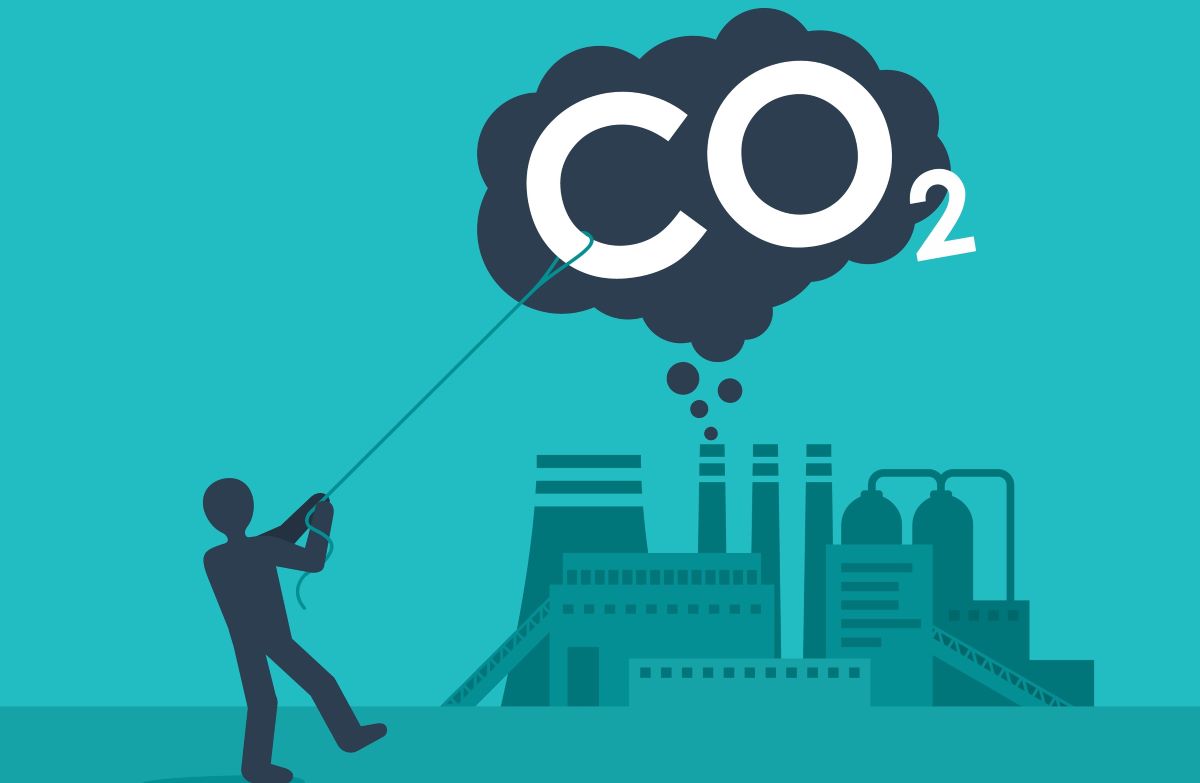The idea of carbon capture instead of letting CO2 enter the atmosphere is accelerating adoption in the Gulf region. According to the National Academies of Sciences, Engineering and Medicine, the world must also remove around an additional 10 gigatons of carbon dioxide from the atmosphere each year by mid-century. That’s twice what the U.S. emits from burning fossil fuels each year.
The world’s forests currently absorb around 16 gigatons of CO2 each year. But about half of that is lost to deforestation, fires and other disturbances.
Several Gulf countries are planting mangroves to pull CO2 out of the air. These coastal trees are up to five times more efficient at sequestering CO2 than land-based forests.
The world’s soils and oceans are already massive carbon stores.
That leaves carbon capture to do the rest, ADNOC announced in early September a plan to build one of the Middle East’s largest carbon capture projects. Habshan will capture and store 1.5 million tons of carbon dioxide (CO2) each year. This will bring ADNOC’s carbon capture capacity to 2.3 million tons per year.
Read: ADNOC intends to capture1.5 mn tons per year of carbon dioxide
Gulf countries are focusing on managing planet-warming gases rather than getting rid of fossil fuels.
ADNOC said in January that it will launch a pilot project in Fujairah in partnership with 44.01, an Omani start-up, to capture CO2, dissolve it into seawater and then inject it into rock formations underground where it will mineralize.
The UAE has pledged to reach net zero by 2050.
Captured CO2 can also be recycled into new products, mainly plastics, carbonated drinks, synthetic fuels, animal feed, and building materials.
The GCC region had a total of 13 Carbon Capture, Utilisation and Storage (CCUS) projects planned or operational as of March 2023 according to the International Energy Agency.
Saudi Aramco has been capturing and injecting CO2 into the Uthmaniyah oil reservoir since 2015.
The total annual capture capacity is estimated at 20 million tons of CO2. That is about 1.8 percent of GCC’s annual collective emissions of CO2 emissions, estimated at 1.1 billion tons in 2021.
Since 1990, it is estimated that GCC countries have released about 30 billion tons of CO2 into the Earth’s atmosphere. This accounts for nearly 1.7 percent of global historic emissions.
The region is also exploring a technological equivalent known as direct air capture (DAC).
According to the IEA database, the Gulf’s only DAC project is set to be launched by 44.01 in Oman in 2024. Project Hajar will be powered by green energy to capture CO2 and mineralize it. ADNOC and US energy company Occidental Petroleum are assessing DAC opportunities in the UAE, and Saudi Arabia is working on designing its first DAC plant.
For more on sustainability, click here.








